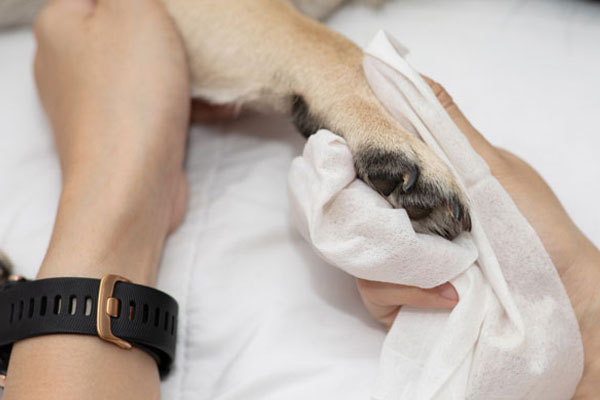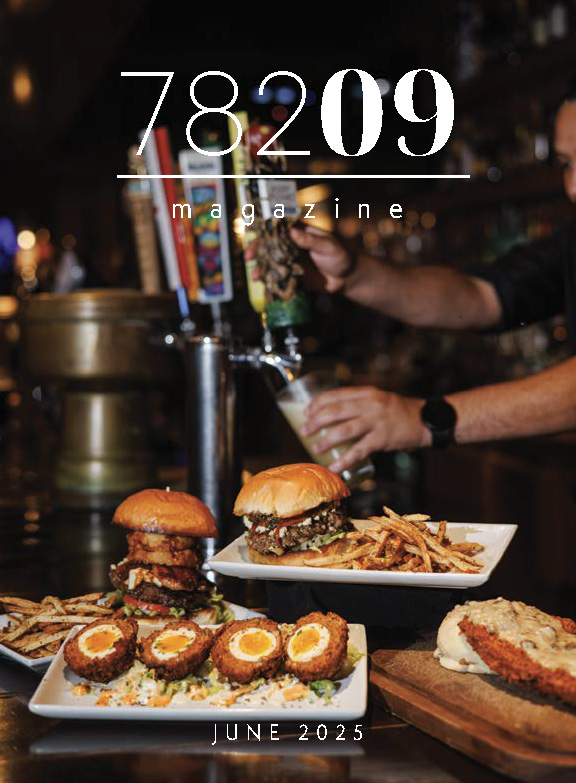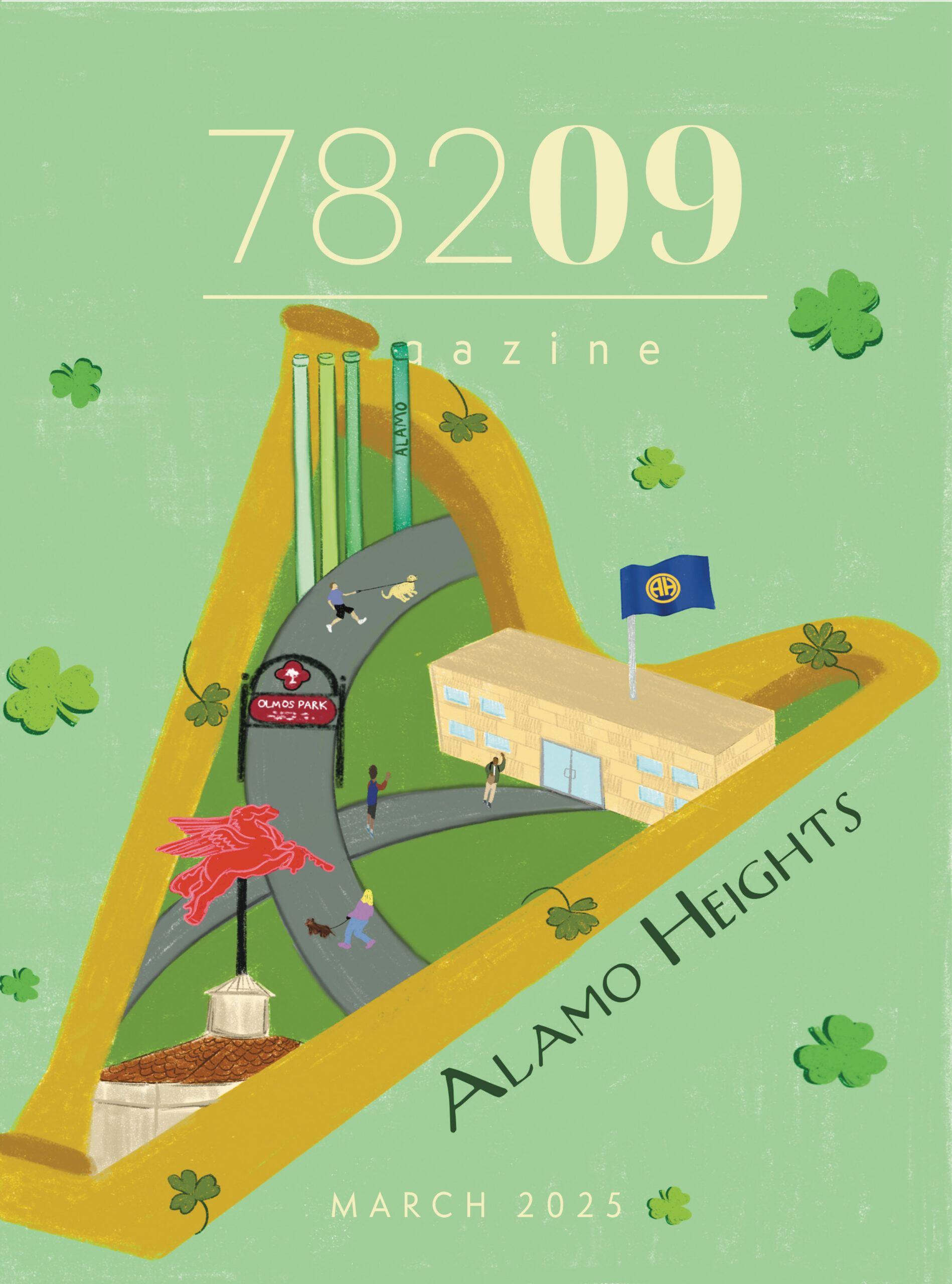There are many coronaviruses. Dr. Pat Richardson of the Broadway Oaks Animal Hospital says among that virus family, our pets have their own form of coronavirus.
“Cats have a coronavirus. Dogs have a coronavirus.” Bovines have a coronavirus.
“So, it is a widespread virus, but this one particular strain is, supposedly, only in people,” says Dr. Richardson.
Coronavirus is a zoonotic disease.
According to the World Health Organization: “Coronaviruses are zoonotic, meaning they are transmitted between animals and people. Detailed investigations found that SARS-CoV was transmitted from civet cats to humans, and MERS-CoV from dromedary camels to humans.”
There are other ways that pets can be transmitters.
“If someone who had it, coughed on their dog, and somebody else petted him, that would be a way of transmission,” says Richardson.
And, there is something called a fomite.
“Any time that a virus gets on an inanimate object, it is called a fomite.”
If the COVID-19 virus got onto your dog’s water bowl, it becomes contaminated with the infectious organism, serving in its transmission.
“Its aim is to get inside of a cell and disrupt the DNA in that cell, which will make the person or animal sick,” says Dr. Richardson. The virus then suppresses our immune system.
He says that viral infections are more virulent than bacterial infections. “They hit faster.” There are viral pneumonias, and there are bacterial pneumonias.
Richardson does not foresee pets catching COVID-19, from us.
“As many people worldwide that have it, we would see quite a few animals, with it.”
That really would be a quarantine mess!
As a doctor, one of his concerns in this pandemic is that a COVID-19 vaccine, would have to be reconfigured, each viral season. “Every year, we get a different flu strain. One little change and it makes the treatment, the vaccine, more ineffective.” Viruses don’t have a life force per se, but a virus will skirt any at- tempt to kill it.
Viruses seek to replicate themselves, jumping from host to host.
“They make you think that they have some kind of intelligence. They are complicated organisms to understand. The only ones who truly understand them are brilliant, brilliant virologists.”
As of this writing, Broadway Oaks Animal Hospital offered only a ‘drive-thru’ service.
“I’ve even heard of some clinics who are sending people out with hazmat suits. We have not gone to that extreme yet. We disinfect before and after, we use gloves, and we hand wash.” Richardson adds: “Hand washing is much better. Twenty seconds gives you much better protection than hand sanitizer.”
He says the most crucial thing in the containment of a contagion is the public’s willingness to cooperate.
“Someone with symptoms, that does not care, and they still get out in the human population, just like Typhoid Mary.”
“Typhoid Mary” Mallon was an Irish cook at the turn of the 20th century, who was an asymptomatic carrier of typhoid, sickening the affluent New York families, that she worked for.
Meanwhile, Dr. Richardson is taking great care to protect his staff, his patients, his family—and himself.
“I’ve got an auto-immune thing that I am in remission, but if I got that virus, it could be fatal. But I also cannot just drop my practice. Where are people going to go if their animal is sick?”
So until next month, stay safe, and wash those paws!
By Berit Mason








